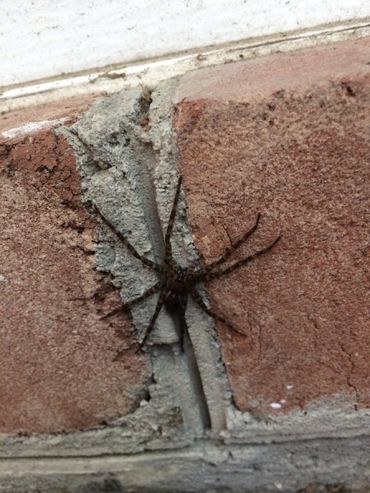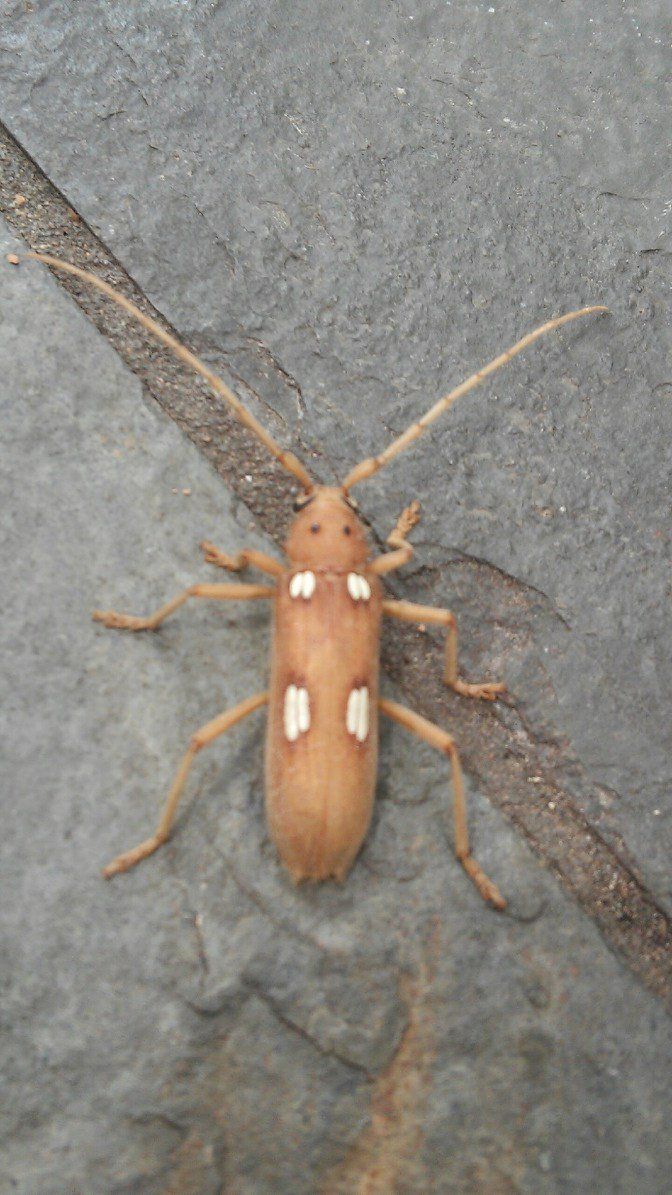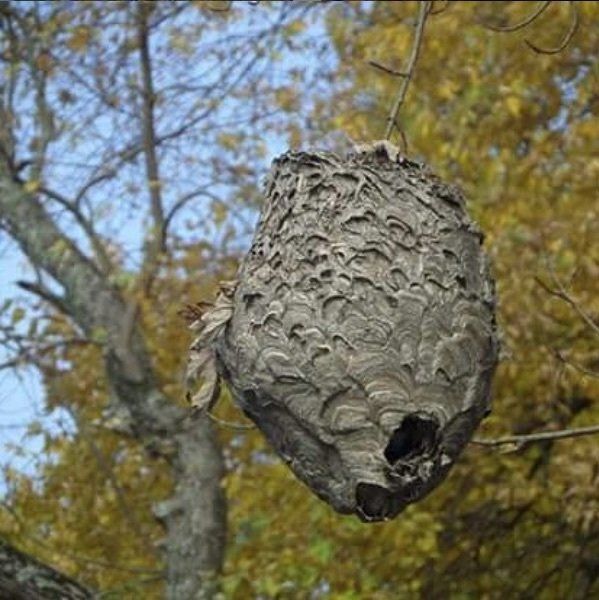Creeping chills!
peterspest8324918 • August 2, 2015
Nothing like the chills you get opening up a texted message and seeing this Spider! Actually, walking past this big guy outside might give you more creeping chills. This is a Fishing Spider. A friend sent this to me to see what it was and if it was dangerous. The Fishing spider is similar to the larger wolf spiders in size, shape and coloration. They are called fishing spiders because they have been reported to catch tiny fish and aquatic insects from the water as they walk on the surface. They are mostly found in wooded areas. They hibernate as immature adults under stones or loose bark, in tree cavities and in human-made structures. The females carry the egg cases around in what is called a nursery web and could number 1,000 or more spiderlings. The young spiderlings may be found from July through September. Although a large spider such as this is able to bite humans, it is a shy spider that will run from people. Bites are typically no more sever than a bee or wasp sting. Exceptions do occur in individuals who are sensitive to spider venoms.
Resource; Penn Sate Extension


A friend text me this pic of a fascinating insect called the Ivory Marked Longhorned Beetle. I love looking up new insects and reading about their interesting lives...not sure if that makes mine, not so interesting... lol. But anyhow, I found some conflicting info but narrowing it down to this insect is active from June to August and the females lay their eggs in cracks of hardwood trees like; oak, ash, hickory, locust, chestnut, maple, elm, birch and cherry.

Bee stings are commonly from the insect feeling threatened or perceived a threat to their nest or hives. Once stung you will immediately feel a sharp, burning pain, rapidly followed by a red welt at the sting site. The small white spot at the center marks the stinger puncture and mostlikely with swell. It is important to immediately clean the area with soap and cold water and apply a cold compress. People should seek out emergency medical assistane if they experience symptoms of an allergic reaction. These signs would most likely be tongue and throat swelling, wheezing, dizziness, shorness of breath or drop in blood pressure. If you know you are allergic to bee stings you should always carry your epinephrine kit at all times and notify anyone who is with you that you have it. A quick tip to cool the pain is to apply toothpaste or baking soda if you are not allergic to the bee sting. Keep a first aid kit in your car or picnic basket with an antihistamine such as Benadryl or Claritin that will help with the itc













